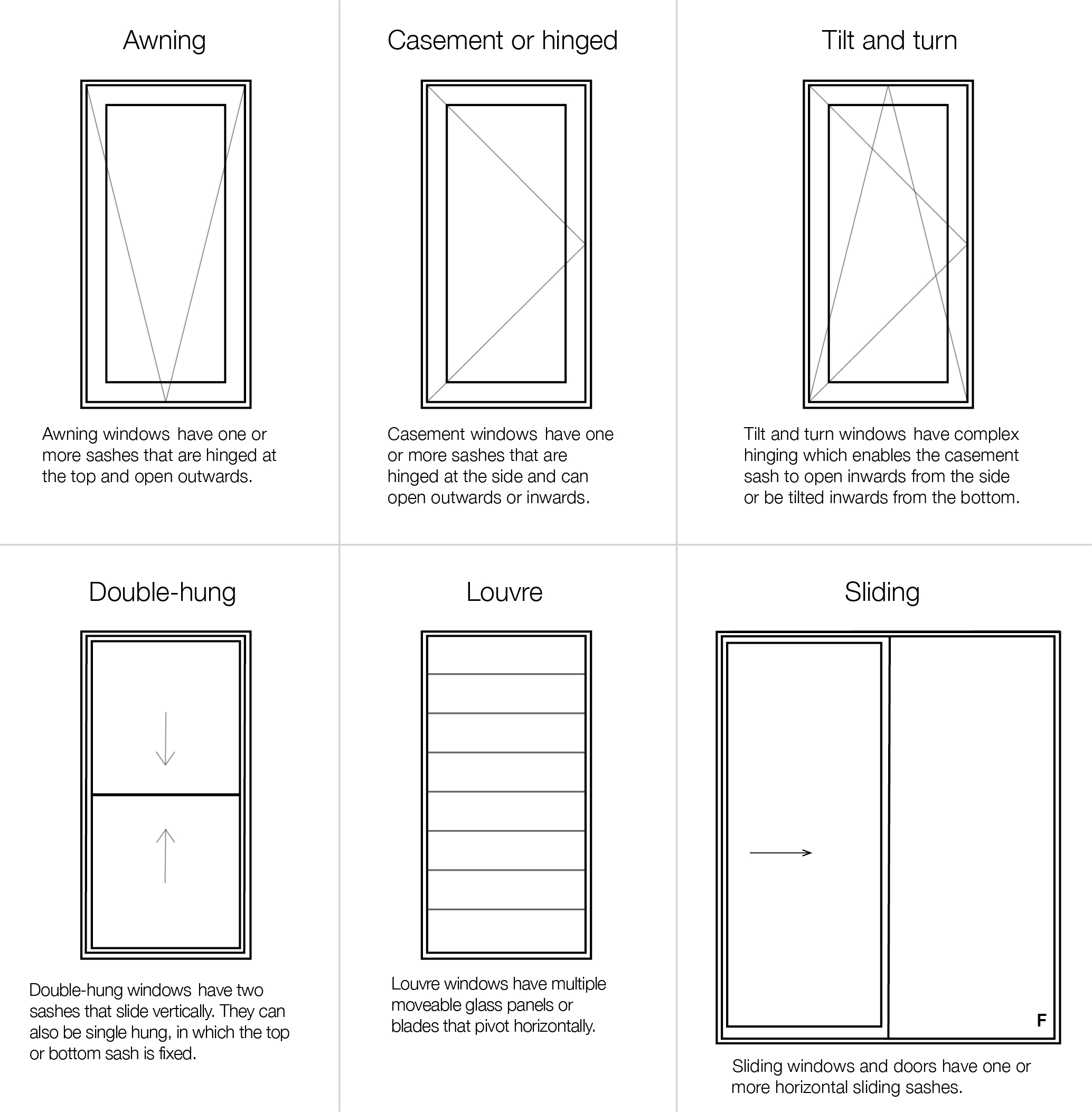All Categories
Featured
Table of Contents
The Ultimate Guide To Double Glazed Windows in Perth CBD Western Australia
Glazing just indicates the windows in your house, consisting of both openable and fixed windows, along with doors with glass and skylights. Glazing in fact just means the glass part, however it is normally utilized to refer to all elements of an assembly consisting of glass, films, frames and home furnishings. Taking note of all of these aspects will help you to achieve effective passive style.

Energy-efficient glazing makes your home more comfy and significantly lowers your energy expenses. Nevertheless, inappropriate or poorly designed glazing can be a significant source of undesirable heat gain in summer season and significant heat loss and condensation in winter season. As much as 87% of a house's heating energy can be acquired and approximately 40% lost through windows.
Techniques For Double Glazing Windows in Floreat Western Australia
Glazing is a significant financial investment in the quality of your home. The cost of glazing and the cost of heating and cooling your home are carefully related. An initial investment in energy-efficient windows, skylights and doors can significantly lower your annual heating & cooling costs. Energy-efficient glazing also decreases the peak heating and cooling load, which can decrease the needed size of an air-conditioning system by 30%, leading to further expense savings.

This tool compares window selections to a base level aluminium window with 3mm clear glass. Comprehending a few of the key properties of glass will assist you to select the finest glazing for your home. Secret residential or commercial properties of glass Source: Adapted from the Australian Window Association The quantity of light that passes through the glazing is referred to as visible light transmittance (VLT) or noticeable transmittance (VT).
Techniques For Double Glazing Windows in White Gum Valley Perth
The U worth for windows (expressed as Uw), explains the conduction of the whole window (glass and frame together). The lower the U worth, the greater a window's resistance to heat circulation and the better its insulating worth.
If your house has 70m2 of glazing with aluminium frames and clear glass with a U value of 6. 2W/m2 C, on a winter season's night when it is 15C cooler outside compared to indoors, the heat loss through the windows would be: 6. 2 15 70 = 6510W That is comparable to the overall heat output of a large room gas heating system or a 6.
Which Double Glazing Company Is The Best? in Mariginup WA

If you choose a window with half the U worth (3. 1W/m2 C) (for example, double glazing with an argon-filled space and less-conductive frames), you can cut in half the heat loss: 3. 1 15 70 = 3255W The solar heat gain coefficient (SHGC) for windows (revealed as SHGCw) measures how easily heat from direct sunshine flows through an entire window (glass and frame together).
The lower a window's SHGC, the less solar heat it sends to your house interior. Glazing producers declare an SHGC for each window type and design. However, the real SHGC for windows is affected by the angle that solar radiation strikes the glass. This is referred to as the angle of incidence.
Does Double Glazing Have A Vacuum? in Daglish Western Australia
When the sun is perpendicular (at 90) to the glass, it has an angle of incidence of 0 and the window will experience the maximum possible solar heat gain. The SHGC stated by glazing manufacturers is always calculated as having a 0 angle of incidence. As the angle increases, more solar radiation is reflected, and less is transmitted.
Table of Contents
Latest Posts
Fitting A Cabin In Your Garden? Get Double Glazing Fitted Too in Connolly Perth
Brisbane's Best Double Glazed Windows in Stirling Western Australia
Twinglaze® Double Glaze Specification Act - Vic in Bickley Western Australia
More
Latest Posts
Fitting A Cabin In Your Garden? Get Double Glazing Fitted Too in Connolly Perth
Brisbane's Best Double Glazed Windows in Stirling Western Australia
Twinglaze® Double Glaze Specification Act - Vic in Bickley Western Australia